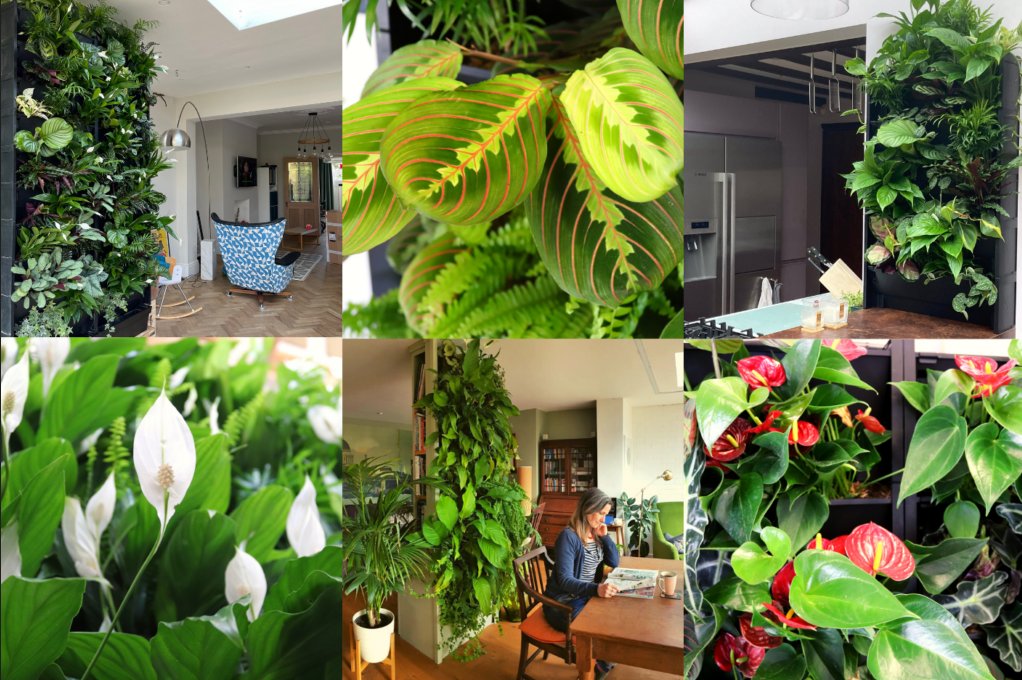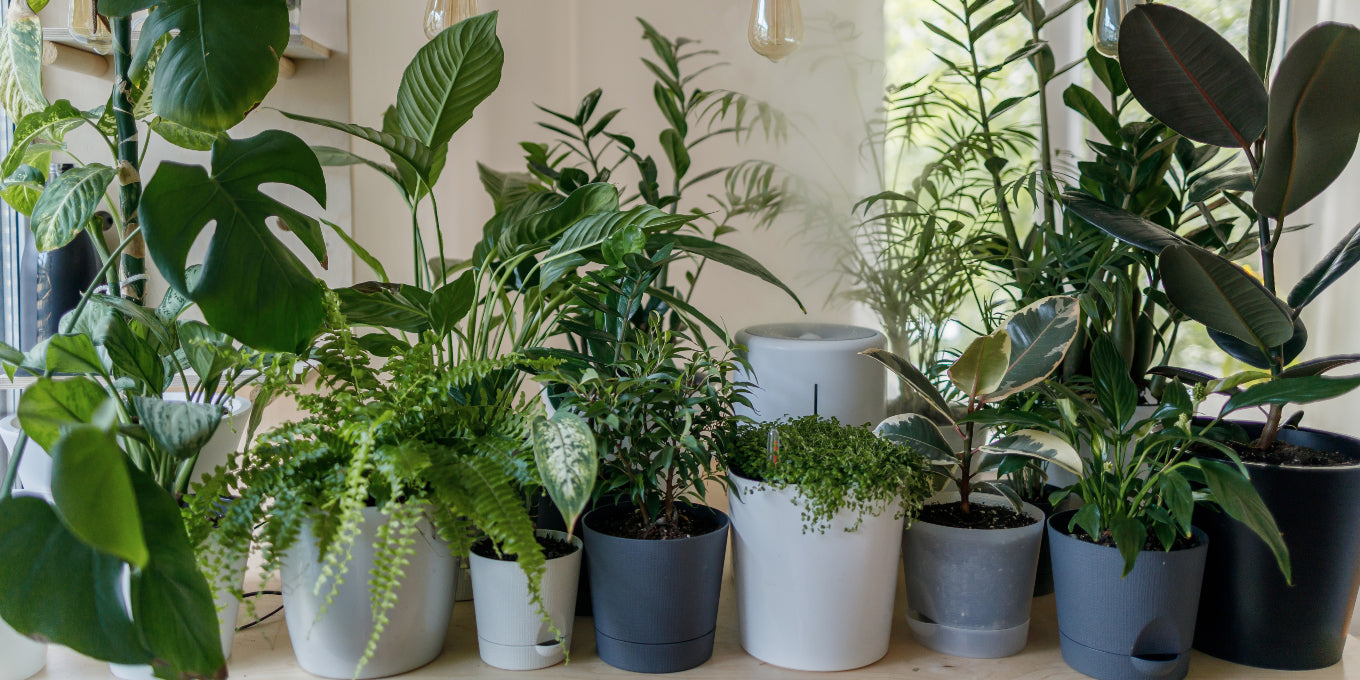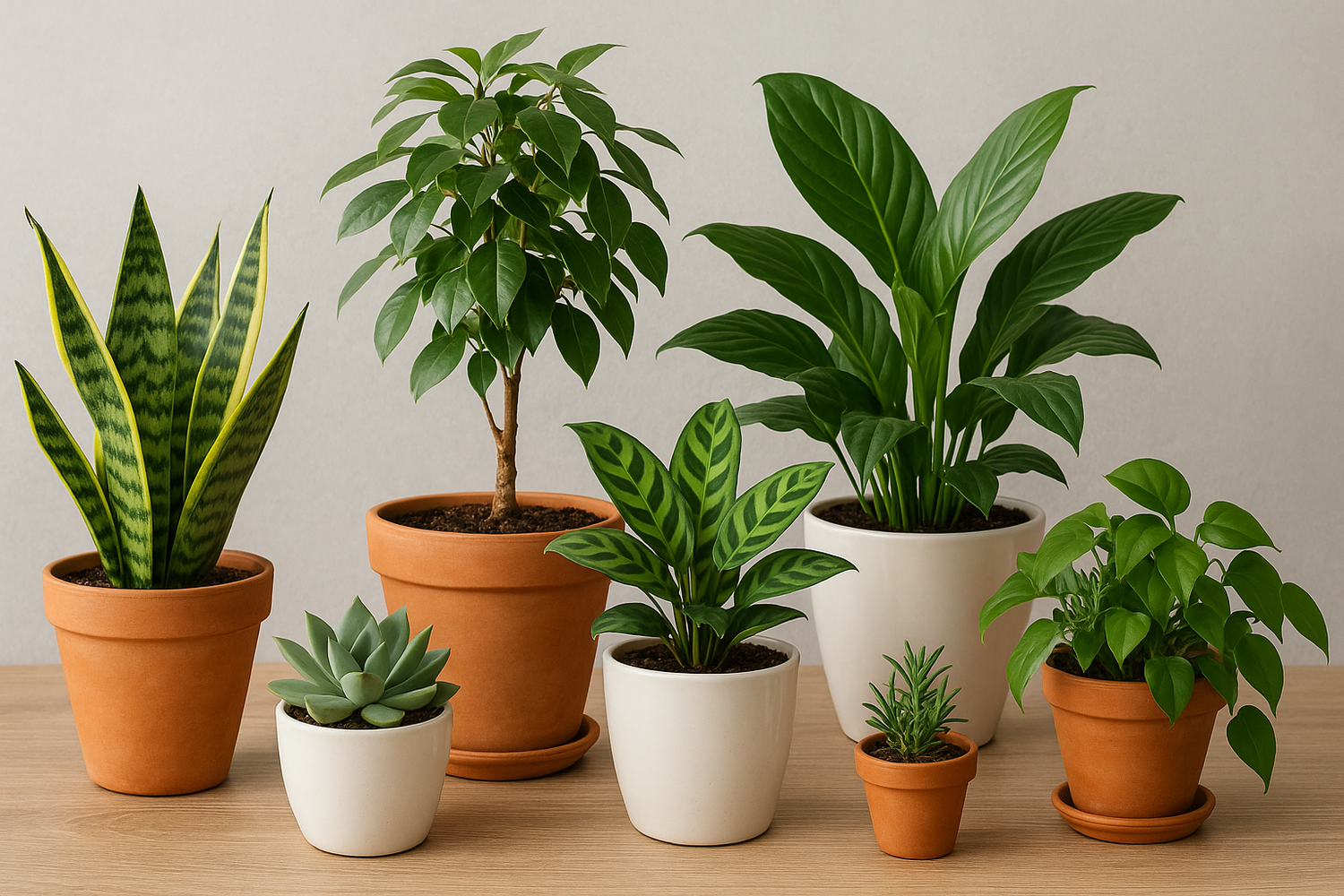Bringing nature into your office space with plants is a great way to boost productivity, improve air quality, and create a calming atmosphere. However, choosing the right plants for your office environment can be a bit challenging. With factors like lighting, space, and maintenance in mind, selecting the right greenery for your office is essential to reaping the full benefits of indoor plants.
Here’s a guide on how to choose the right office plants that will thrive in your workspace and complement your office’s design.
1. Consider Light Conditions
One of the most important factors when selecting plants for your office is the amount of light available. Different plants have different light requirements, so it's essential to match the plant to the light conditions of your workspace.
-
Low Light: If your office has minimal natural light, choose plants that can thrive in low-light conditions. Some great options include snake plants (Sansevieria), ZZ plants (Zamioculcas zamiifolia), and pothos (Epipremnum aureum). These plants are highly adaptable and can survive with little to no direct sunlight.
-
Moderate to Bright Light: If your office receives moderate to bright natural light, you have more plant options to choose from. Spider plants (Chlorophytum comosum), peace lilies (Spathiphyllum), and English ivy (Hedera helix) do well in bright, indirect sunlight and are excellent for bright office environments.
-
Direct Sunlight: For offices with direct sunlight, plants like succulents (Aloe vera, Echeveria), cactus, and bougainvillea are perfect. These plants thrive in full sun and can handle the heat and direct exposure.
2. Space and Size
When choosing plants for your office, consider how much space you have available. Some plants can grow quite large and may not be suitable for small desks or tight spaces. On the other hand, smaller plants can make an impact in even the smallest spaces.
-
Desk Plants: If you have limited space, opt for compact plants such as succulents, air plants (Tillandsia), or miniature ferns. These small plants can easily fit on desks or windowsills without taking up too much space.
-
Large Plants: If you have the space to accommodate larger plants, consider fiddle leaf figs (Ficus lyrata), rubber plants (Ficus elastica), or dracaenas (Dracaena spp.). These plants can be placed in corners or as focal points in your office.
3. Ease of Maintenance
Before selecting plants, consider how much time you can dedicate to plant care. Some plants require more attention than others, so if you’re someone with a busy schedule or no experience with plant care, you’ll want to choose plants that are low-maintenance.
-
Low-Maintenance Plants: Some of the easiest plants to care for include snake plants, ZZ plants, and succulents. These plants require minimal watering and can withstand varying light conditions, making them perfect for busy office workers.
-
Moderate-Maintenance Plants: Plants like peace lilies and spider plants are easy to care for but require more frequent watering and occasional pruning to keep them looking their best.
-
High-Maintenance Plants: If you’re a seasoned plant enthusiast and have the time to care for them, consider bamboo palms (Chamaedorea), tropical ferns, or orchids. These plants may need regular watering, misting, or specific conditions to thrive.
4. Air Quality and Health Benefits
Many office plants offer air-purifying benefits by removing toxins and improving indoor air quality. If you’re concerned about the health benefits of office plants, there are certain species known for their ability to filter the air.
-
Best for Air Purification: Spider plants, peace lilies, snake plants, and areca palms (Dypsis lutescens) are excellent choices for improving air quality. These plants are known for their ability to remove common indoor pollutants such as formaldehyde, benzene, and xylene.
-
Stress-Relieving Benefits: Plants are also known to reduce stress and increase productivity. Lavender (Lavandula) and chamomile (Matricaria recutita) are known for their calming scents and can help reduce anxiety in the workplace.
5. Temperature and Humidity
Your office's temperature and humidity levels play a significant role in how plants will grow. If your office is too dry or too hot, certain plants may struggle to thrive. Office plants that can tolerate a range of temperatures and humidity levels are ideal for indoor environments.
-
Drought-Tolerant Plants: For dry office environments, choose succulents, cacti, and aloe vera, which store water in their leaves and need less frequent watering.
-
Tropical Plants: For offices with higher humidity levels, you can choose tropical plants like bamboo palms, monstera, and philodendrons. These plants love humidity and can thrive in slightly moist conditions.
6. Pet-Friendly Options
If you have pets in your office, it’s important to select plants that are non-toxic to animals. Many common office plants can be harmful to pets if ingested, so be sure to do your research before bringing them in.
-
Pet-Safe Plants: Plants like spider plants, boston ferns (Nephrolepis exaltata), areca palms, and calatheas are safe for pets and can add beauty to your office without posing a threat to your furry friends.
-
Toxic Plants: Some popular plants like dieffenbachia (dumb cane), philodendron, and peace lilies can be toxic to pets. Avoid these if your office is pet-friendly.
7. Aesthetic Appeal and Design
Lastly, consider how the plants will complement your office’s decor. Whether you prefer a modern, minimalist look or a lush, tropical feel, there’s a plant for every office design.
-
Modern and Sleek: For a contemporary office, consider plants like snake plants, succulents, or cactus in geometric pots or sleek planters.
-
Tropical Vibe: If you want to create a tropical feel, go for palm trees, monsteras, and philodendrons to bring lush greenery to your space.
-
Relaxing Ambiance: For a calming and serene environment, lavender, chamomile, or peace lilies can provide a tranquil atmosphere with their subtle fragrances and soft, flowing leaves.
Conclusion
Choosing the right plants for your office can significantly enhance your workspace’s ambiance and promote a healthier, more productive environment. Whether you’re looking for low-maintenance plants, air-purifying options, or pet-friendly greenery, there’s a plant for every office need. By considering factors like lighting, space, care requirements, and aesthetic preferences, you can create an office environment that nurtures both your well-being and productivity.





